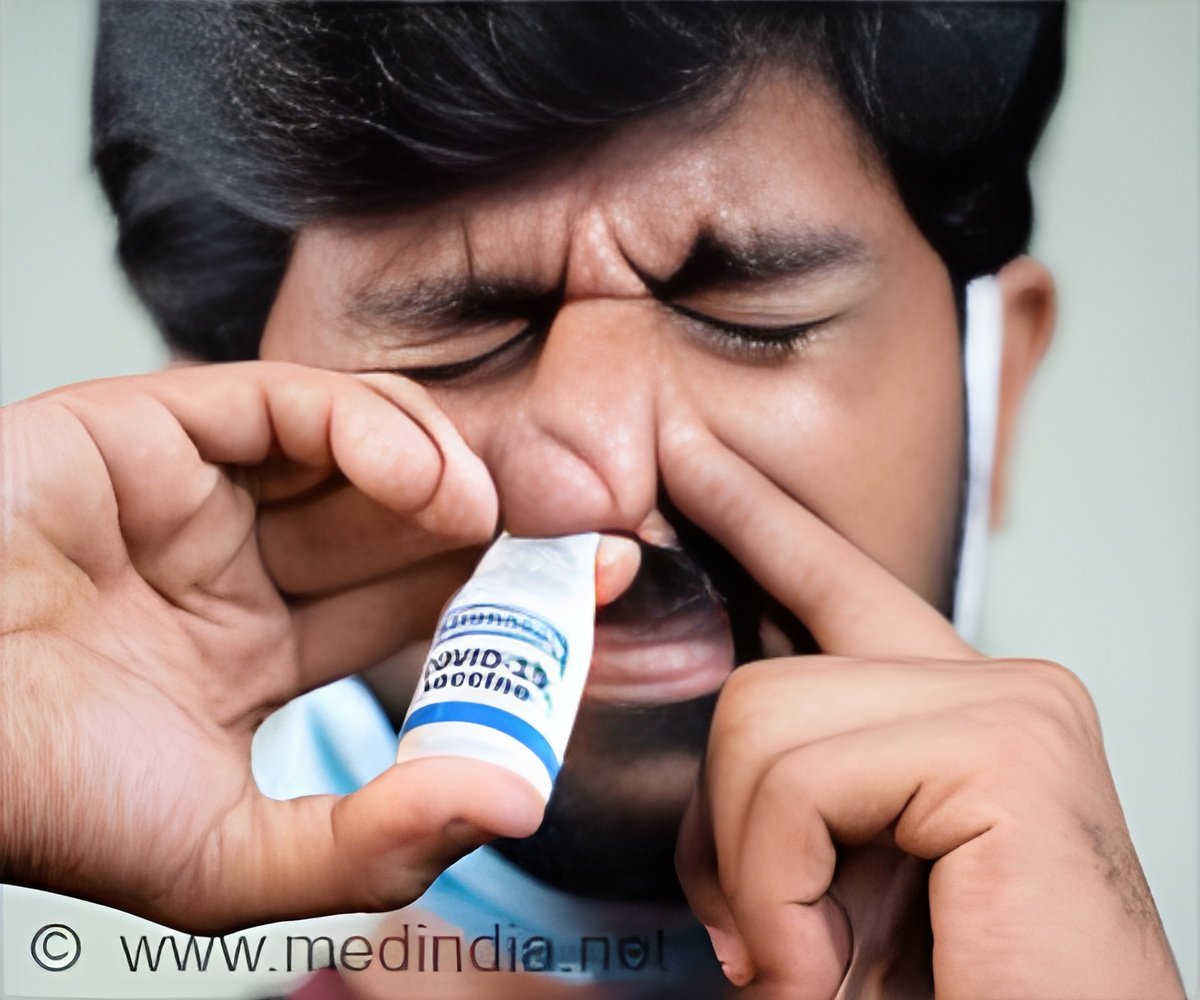-
Increased nighttime light pollution correlates with higher Alzheimer’s prevalence - Younger individuals under 65 show a stronger association with light pollution than older adults
- Simple lifestyle changes like using blackout curtains can help reduce risk
Recent research has revealed a troubling connection between excessive outdoor light at night and an increased prevalence of
Outdoor nighttime light exposure (light pollution) is associated with Alzheimer’s disease
).
Dr. Robin Voigt-Zuwala, an associate professor at Rush University Medical Center has led the research investigating the correlation between nighttime light pollution and Alzheimer’s disease prevalence. The study analyzed light pollution maps across the lower 48 US states and compared these with medical data on various risk factors for Alzheimer’s.
Analysis of Nighttime Light Pollution and Alzheimer’s Disease Prevalence
The researchers categorized states based on the intensity of nighttime light pollution, ranging from low to high. Their analysis revealed that:
-
For those aged 65 and older, AD prevalence was more strongly associated with nightly light pollution than with factors such as alcohol abuse, chronic kidney disease, depression, and obesity. However, conditions like diabetes, high blood pressure, and stroke showed a stronger correlation with AD than light pollution. - For individuals under 65, the association between nighttime light intensity and AD prevalence was notably stronger than with any other risk factor examined in the study. This finding suggests that younger people might be more sensitive to the impacts of nighttime light exposure.
Why Younger People Might Be More Affected With Alzheimer’s
The exact reasons why younger individuals might be more susceptible to the effects of nighttime light exposure are not entirely clear. Dr. Voigt-Zuwala speculates that genetic factors could play a role, as certain genotypes influencing early-onset AD may affect how individuals respond to biological stressors. Additionally, younger people often live in urban areas with higher light pollution levels, which could exacerbate their exposure.
The study’s findings highlight the importance of addressing light pollution as a modifiable environmental risk factor for Alzheimer’s. To help reduce exposure and potentially lower risk, the researchers recommend several lifestyle adjustments.
-
Blackout Curtains and Eye Masks: Implementing simple changes such as using blackout curtains or sleeping with eye masks can help mitigate exposure to external light. - Indoor Light Management: Although the study did not specifically examine indoor light, blue light is known to impact sleep quality. Using blue light filters, switching to warmer light sources, and installing dimmers can help manage indoor light exposure.
Dr. Voigt-Zuwala emphasizes that these changes are particularly beneficial for individuals already at risk for AD, offering an accessible way to potentially reduce their risk.
The emerging evidence linking excessive nighttime light exposure to increased Alzheimer’s risk, especially among younger individuals, underscores the need for greater awareness and proactive measures. By making simple adjustments to manage light exposure, individuals can take a step towards potentially reducing their risk of
Reference:
- Outdoor nighttime light exposure (light pollution) is associated with Alzheimer’s disease – (https://www.frontiersin.org/journals/neuroscience/articles/10.3389/fnins.2024.1378498/full)
Source-Medindia



